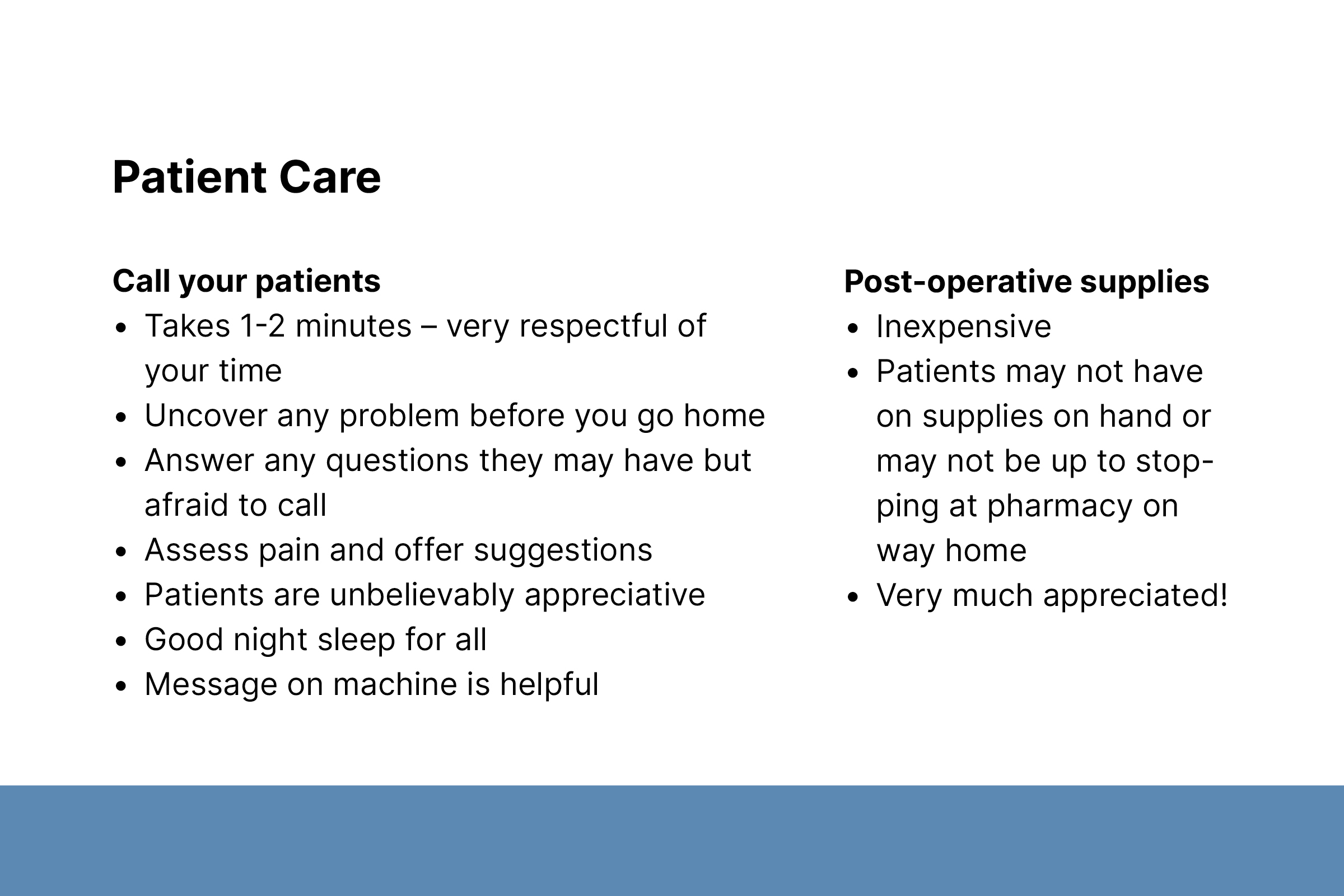Surgical Pearls
Elizabeth Magill Billingsley, MD
Professor of Dermatology, Mohs Surgery, Penn State University College of Medicine, Penn State Hershey Medical Center
June 2024
Dr. Billingsley presented 7 surgical pearls for dermatologists.
#1: Curettage alone
Dr. Billingsley shared techniques for using curettage alone for well-defined skin cancer lesions.
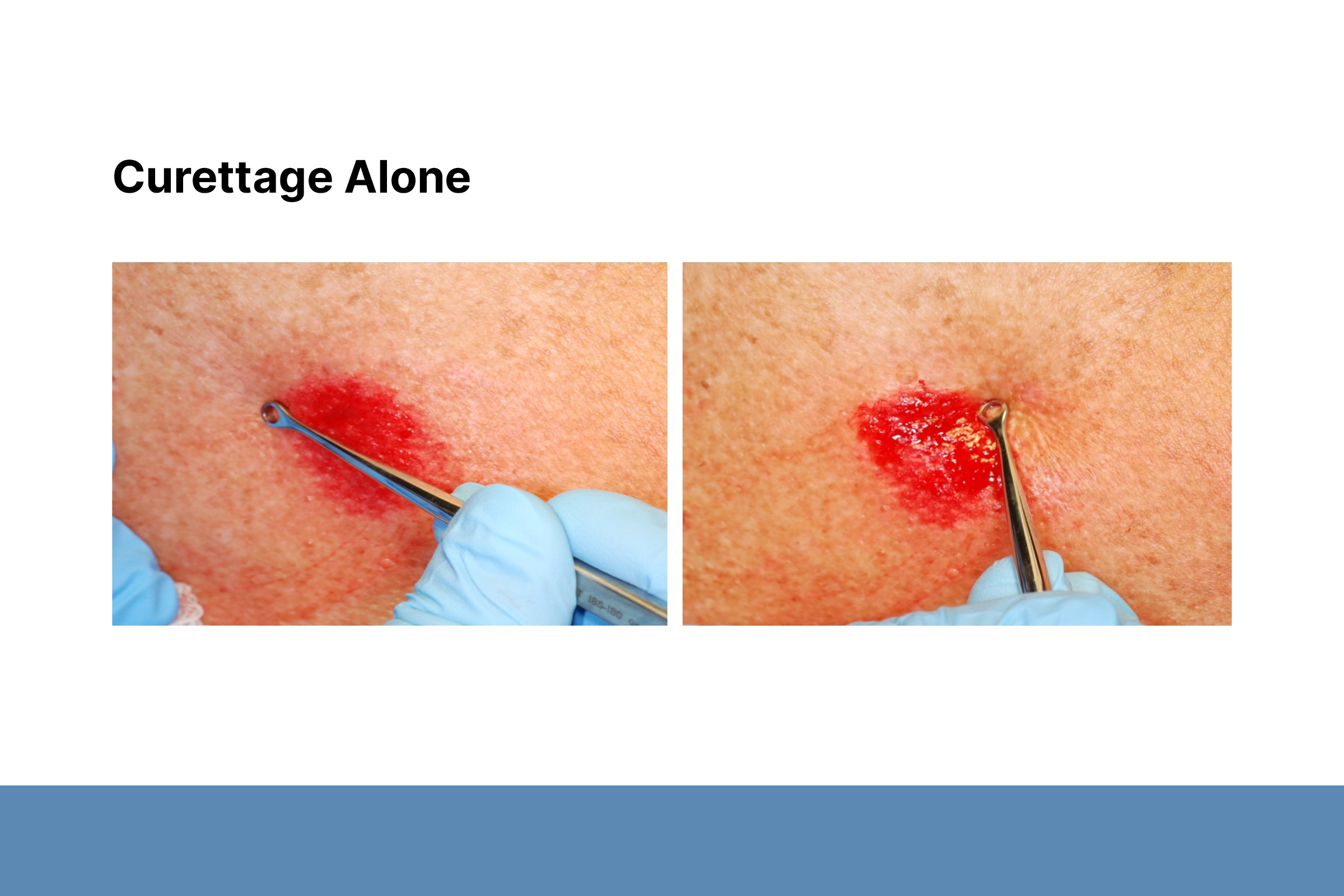
#2: Pulley suture and purse-string closure
Dr. Billingsley described how to perform the pulley suture and purse-string closure. The pulley suture is a quick way to close wounds under tension, such as on the scalp, trunk, and extremities.
The purse-string closure is a simple method to close circular wounds and can provide partial or complete wound closure with excellent long-term cosmetic and functional results. Dr. Billingsley cautioned that patients must be educated about this technique, because it may look concerning at first. It is especially good for excisions on the hand, temple, scalp, and graft donor sites.
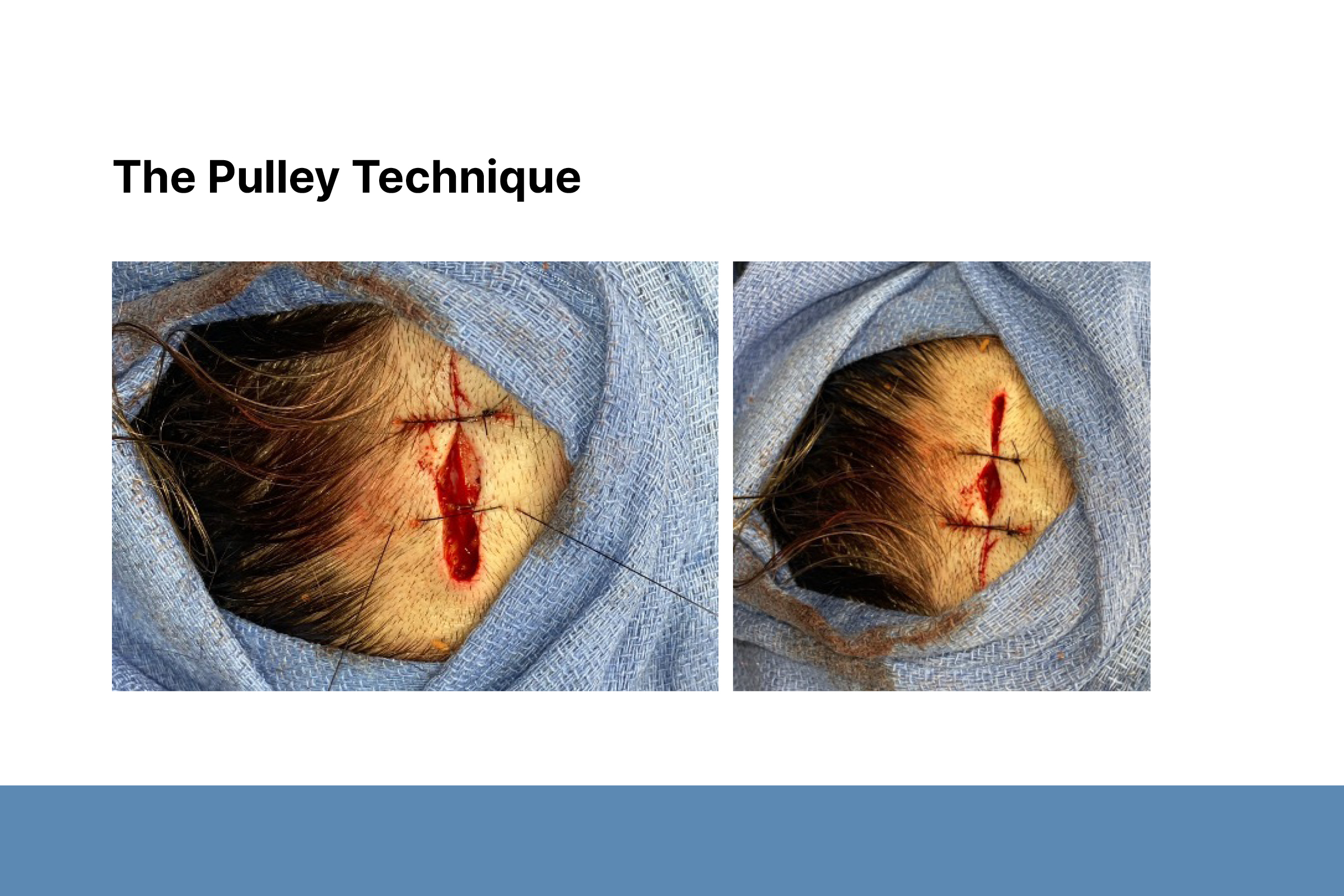
#3: Second intention healing
Dr. Billingsley discussed the advantages and disadvantages of second intention healing. Advantages include minimal physical restrictions and wound bed surveillance. Disadvantages include longer healing time, scarring, and hypopigmentation. Dr. Billingsley suggested considering second intention healing with disc excisions on lower legs, scalp excisions, fragile mature skin, and high-tension areas. She emphasized the importance of good wound care and communication with patients about wound closure options and expectations for healing.
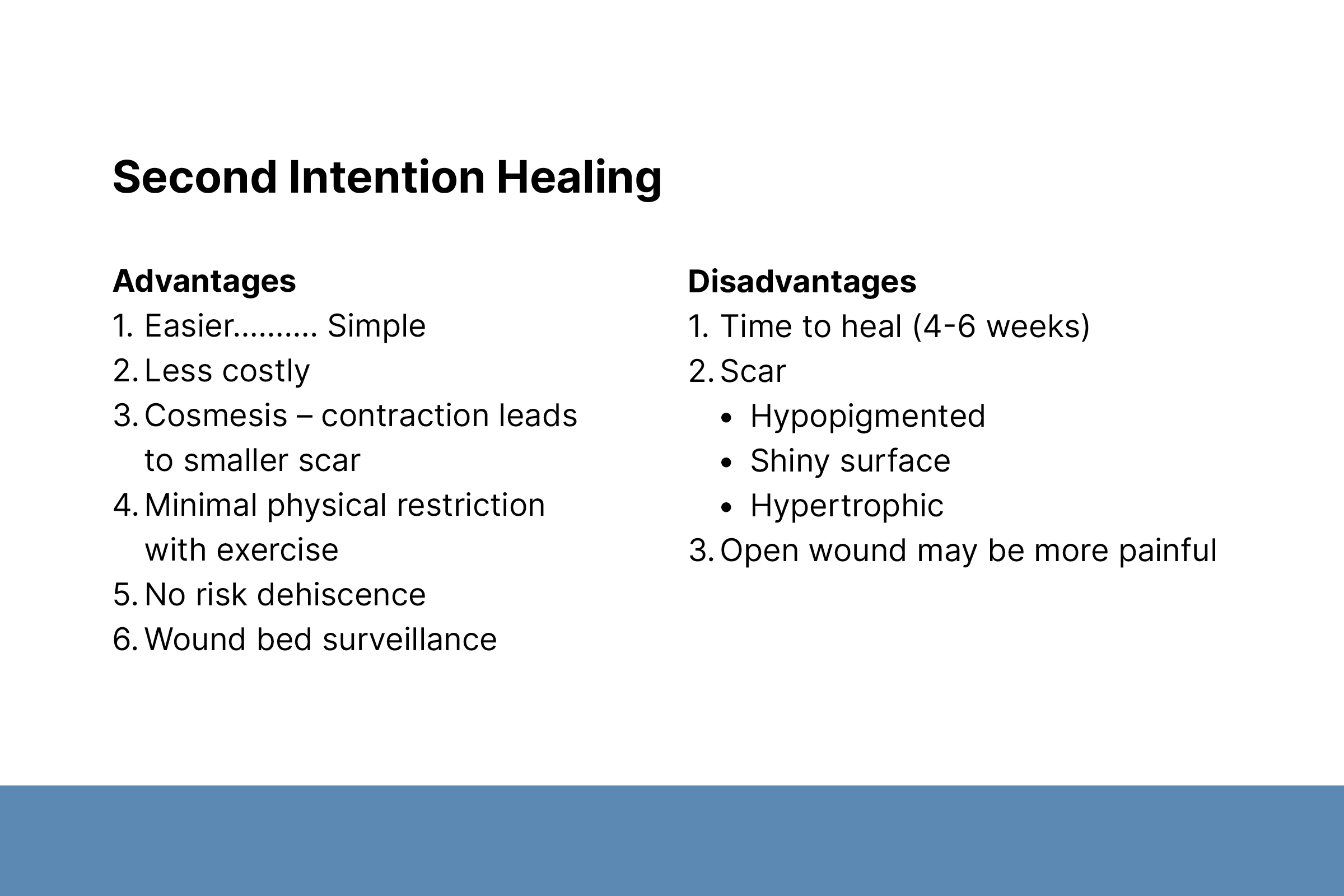
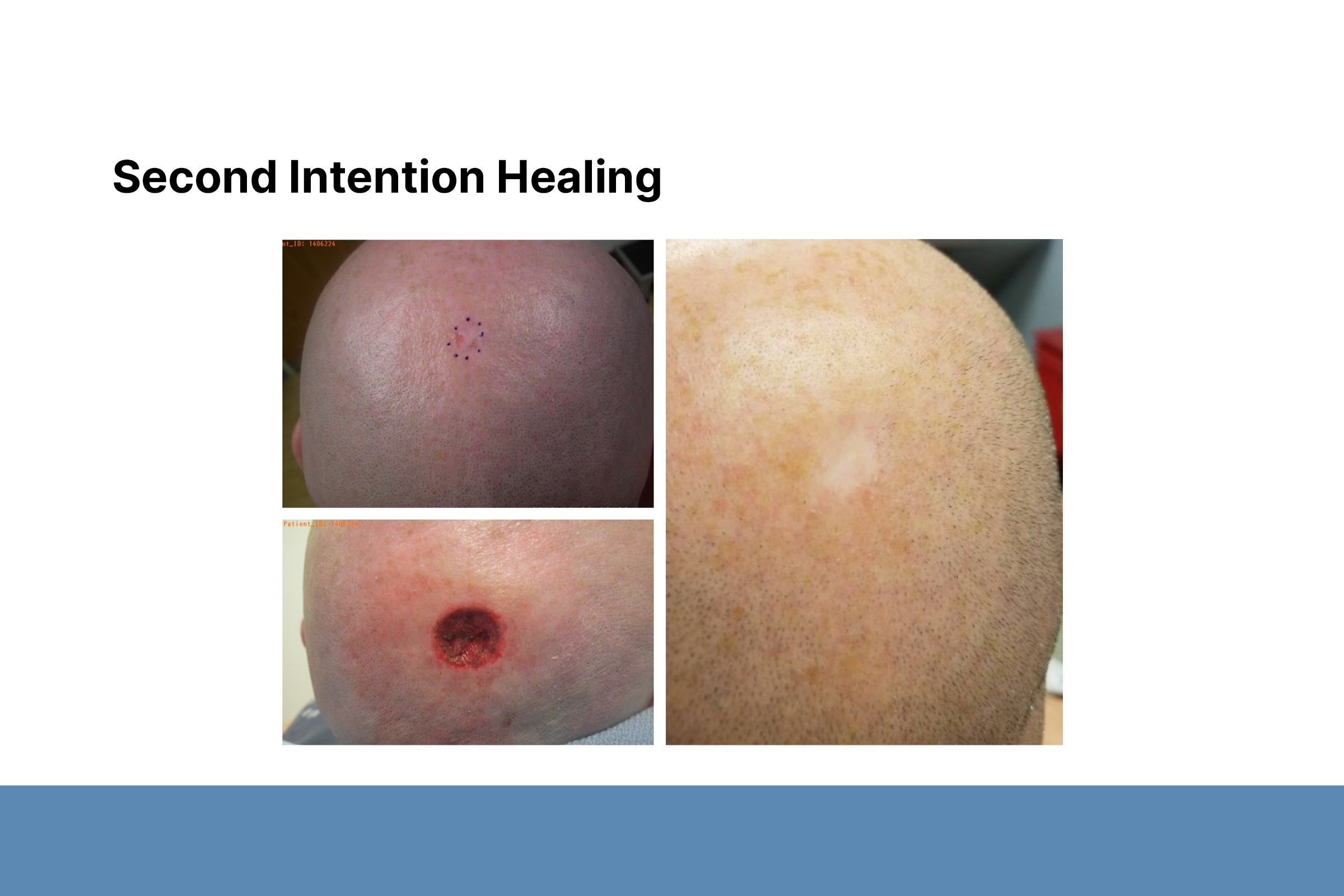
#4: Patients do not forget pain
Dr. Billingsley described how to reduce pain during lidocaine injections by going slowly, stretching the skin, using only one stick, and advancing the plunger rather than the needle. She emphasized the importance of listening to patients’ concerns about pain.
Dr. Billingsley shared strategies for post-procedure pain control to avoid narcotic use.
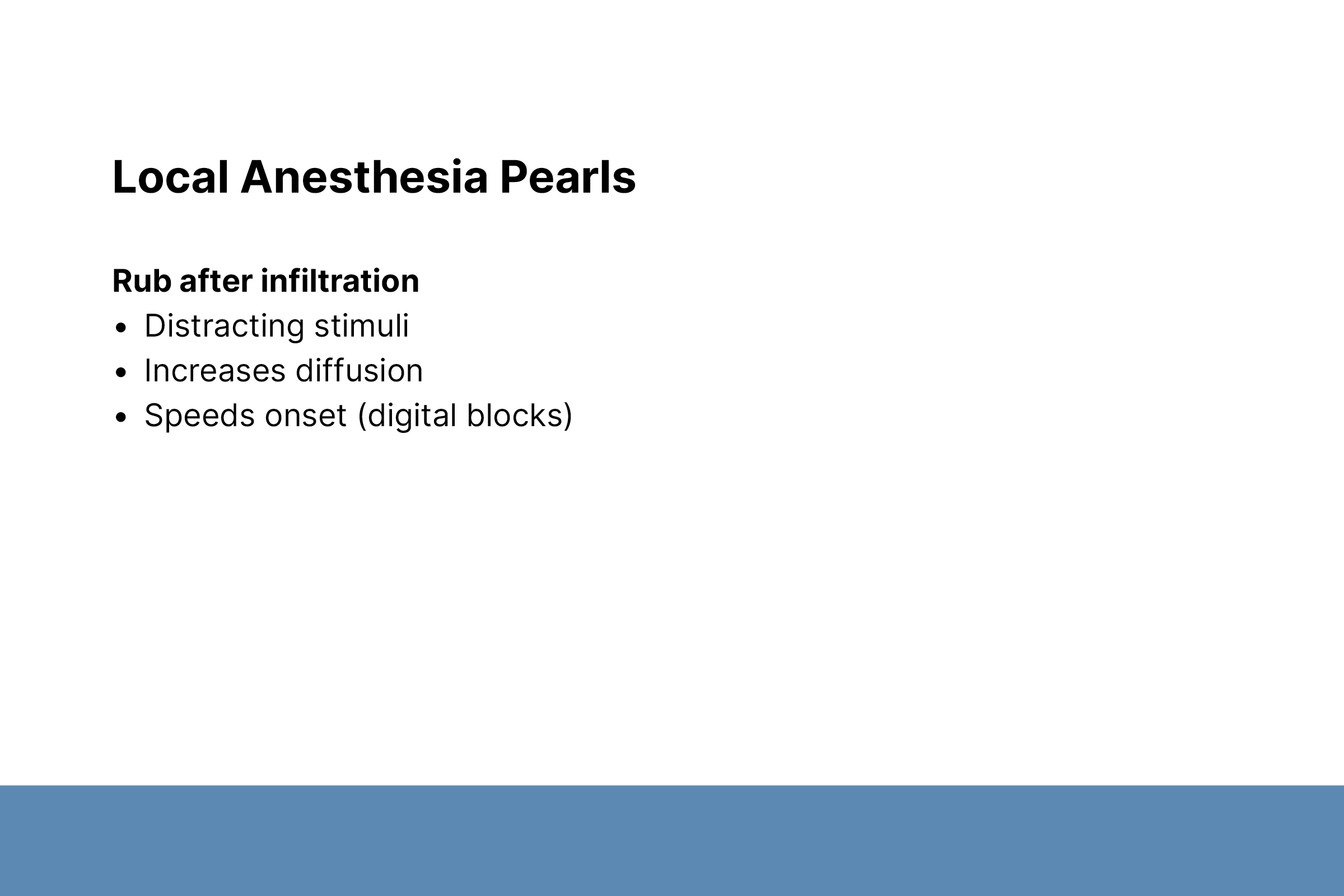
#5: Consider drape technique
Dr. Billingsley discussed considerations for patients and physicians before starting a procedure. Physicians should ask patients if they are claustrophobic, make sure they can breathe, and avoid pushing on a patient’s eyeballs. Dr. Billingsley emphasized that physicians should use drapes, making sure to unfold and secure them and using proper sterile technique.
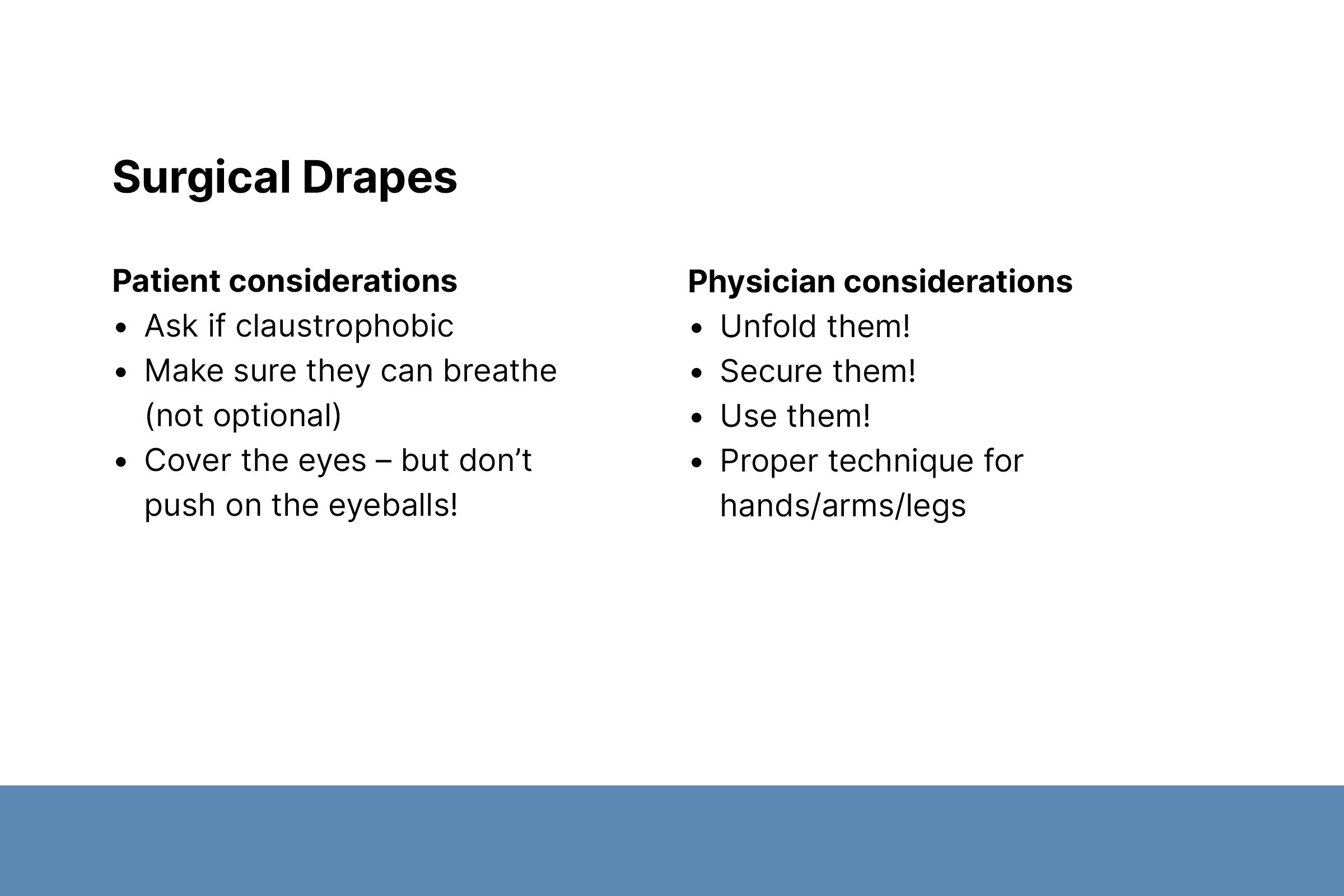
#6: Whiteboards in procedure rooms
Dr. Billingsley suggested adding a whiteboard in each procedure room. The whiteboard would list the name, date of birth, and relevant information about the patient, including allergies and anticoagulant use.
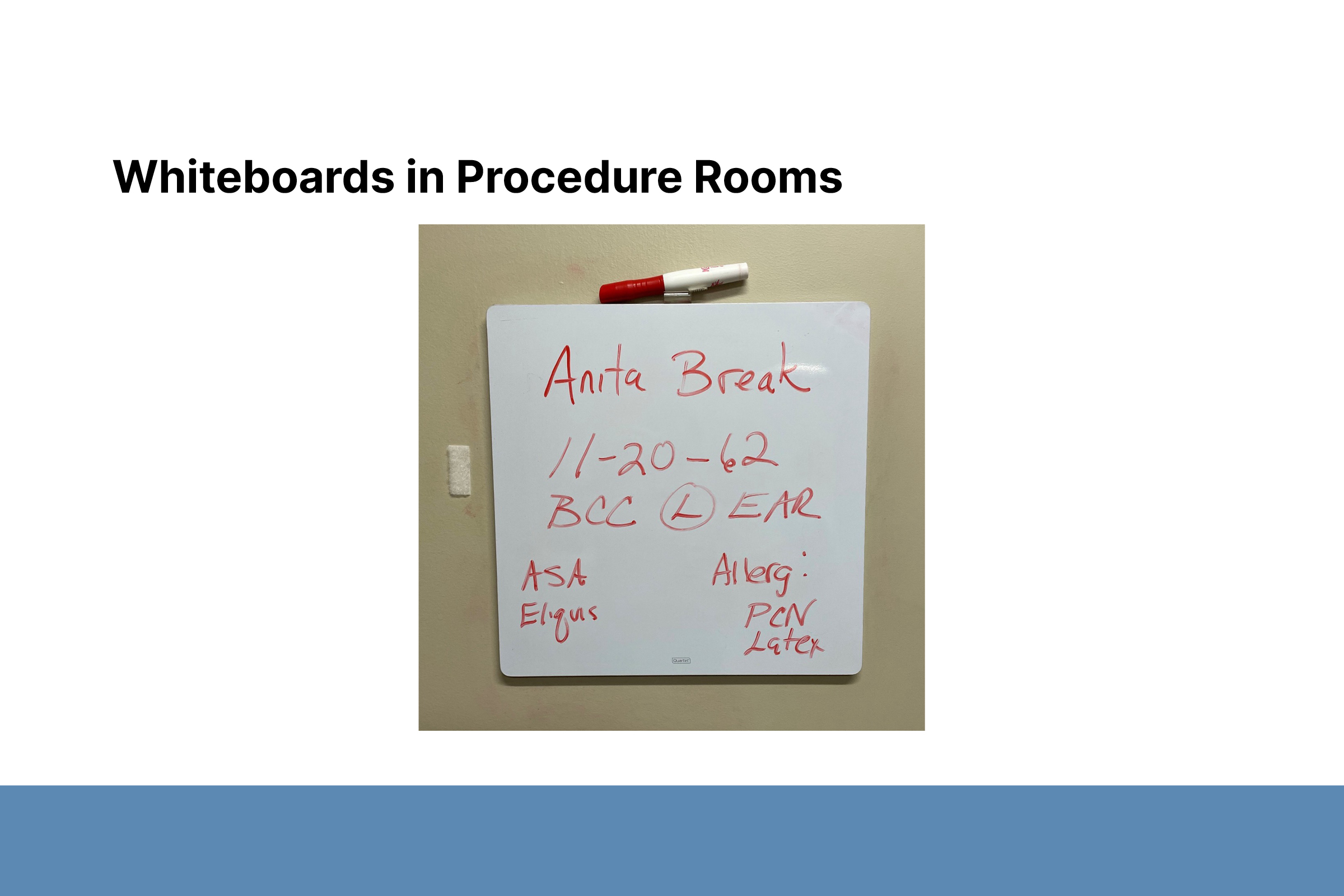
#7: Patient care
Dr. Billingsley suggested a follow-up call to check on anxious patients or those with more concerning conditions. This can reassure both patients and clinicians. Patients are highly appreciative and respectful of your time.
Finally, Dr. Billingsley recommended a patient goodie bag with post-operative supplies. The bags are inexpensive, and patients appreciate them.
